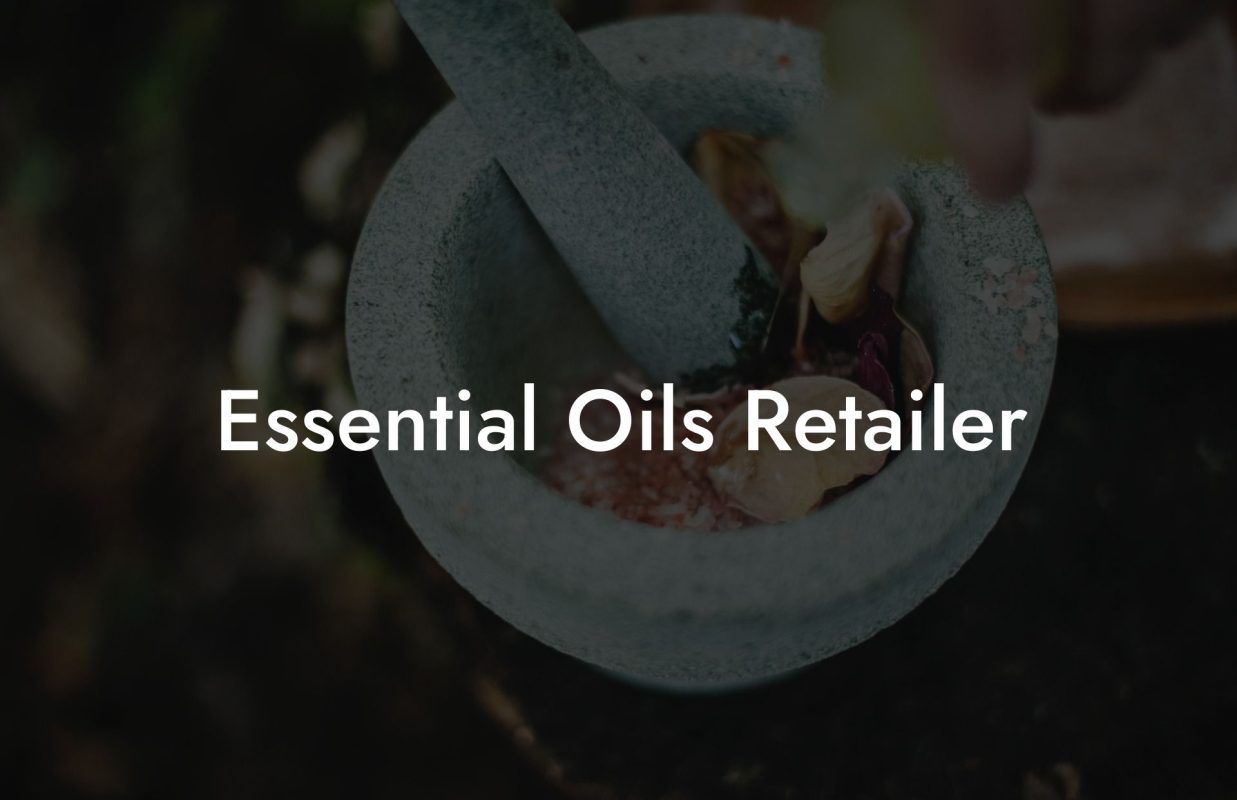Ever wondered how to create your very own essential oils at home? Imagine the feeling of using your own essential oils, unlocking the power of plants and transforming your daily routine! In this article, we will guide you through the exciting process of making essential oils at home, exploring various techniques, equipment, and ingredients required for creating the perfect essential oil collection.
Table of Contents
Choosing the Right Plant Material
Before diving into the process of making essential oils, it’s important to choose the appropriate plant material to extract the oils from. Some common choices include:
- Lavender for relaxation and sleep
- Peppermint for invigorating energy and focus
- Eucalyptus for respiratory support
- Chamomile for its calming effects
When selecting plant materials, ensure they are of high quality, organic, and pesticide-free. The fresher the plant material, the higher the concentration of essential oils.
Different Methods of Extracting Essential Oils at Home
There are several methods to extract essential oils from plant materials. Some of the popular techniques include steam distillation, cold pressing, and solvent extraction. Each method has its advantages and limitations, so let’s explore them further:
Steam Distillation
Steam distillation is one of the most common methods used to extract essential oils from plants. It involves heating the plant material with water or steam, which releases the essential oils into vapor form. The vapor then passes through a condenser, where it cools down and separates the essential oils from the water.
Cold Pressing
Cold pressing is primarily used for citrus fruits such as oranges, lemons, and grapefruits, where the essential oils are found in the fruit’s peel. The peel is mechanically pressed to release the oils, and this method maintains the oils’ natural properties, aroma, and quality without exposure to heat.
Solvent Extraction
Solvent extraction is used when the plant material is delicate, and steam distillation might damage their scent. This method involves using a solvent like alcohol to dissolve the plant’s essential oils. The solvent is then evaporated, leaving behind a highly concentrated essential oil.
Equipment and Supplies You Need
To make essential oils at home, you’ll need the following:
- Plant material: Fresh, organic, and pesticide-free
- Essential oil extractor: A steam distiller or a cold press machine
- Glass containers: To store the essential oils
- Labels: To label your essential oil creations
- Gloves: To avoid skin irritation when handling plant materials
Making Essential Oils At Home Example:
Imagine you decided to make lavender essential oil through steam distillation at home. Here’s a simple procedure to follow:
- Gather fresh lavender flowers, preferably in the morning when the oil concentration is higher.
- Prepare your steam distiller by filling the boiling chamber with water and adding the lavender flowers to the plant chamber.
- Heat the water as it converts into steam, which passes through the plant material, extracting the essential oils.
- Once the steam moves to the condenser, it cools down and separates into water and essential oil.
- Collect the essential oil from the separator into a glass container and label it appropriately.
Congratulations! You now have all the knowledge required to embark on your aromatherapy journey by creating your very own essential oils at home. We hope that this step-by-step guide has inspired you to harness the power of nature and enhance your daily routine.
Don’t forget to share this article with your friends and family, explore other essential oil guides on Oshu Oils, and browse our premium range of Artisan Essential Earth Oils. Happy oil-making!





















